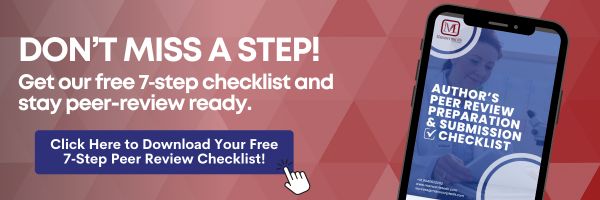|
Getting your Trinity Audio player ready...
|
Table of Contents
1. Introduction
Academic integrity is the cornerstone of credible research. A single instance of accidental plagiarism can jeopardize your reputation, delay publication, or even lead to rejection (Park, 2003). Fortunately, you don’t need an expensive subscription to safeguard your work. Below are 8 free plagiarism checker tools you can use to test for plagiarism free, ensure proper citation, and strengthen your manuscript before submission.

2. Why Check for Plagiarism?
- Protect Your Reputation. Unintentional overlap with existing literature can be flagged by editors or reviewers. Running your draft through a plagiarism finder free tool helps catch issues early (Dhanachandra, 2022).
- Avoid Desk Rejection. Journals often screen submissions with similarity software before peer review. A quick scan with a free plagiarism checker online free can fast-track your path to acceptance.
- Improve Citation Accuracy. These tools highlight missing or incorrect references, letting you verify plagiarism free content and correct citations before submission.
- Boost Confidence. Knowing your manuscript is original allows you to focus on the research narrative rather than worrying about style or compliance (Bailey & Fischer, 2021).
3. Top 8 Free Plagiarism Checkers
| Tool | Free Limit | Key Features | Pros | Cons |
| Quetext | 500 words | Color-coded similarity highlights | Intuitive UI | Requires signup for history |
| SmallSEOTools | Unlimited text | Paste or upload; web-wide comparison | No word-count limit | Distractions from ads |
| Duplichecker | 1,000 words | URL checks; source list | No signup needed | 15-minute wait between scans |
| PaperRater | 5 pages/month | Grammar + plagiarism combined | Integrated writing feedback | Very limited free quota |
| SearchEngineReports | Unlimited text | File upload; CSV export | Flexible input methods | Slower analysis |
| PrePostSEO | 1,000 words | Instant PDF report | Bulk upload | CAPTCHA interruptions |
| Plagiarisma | Desktop app | Multilingual; Chrome extension | Offline scanning | Outdated interface |
| CopyLeaks | 10 pages/month | API access; educational discounts | Cloud-based results | Monthly quota limit |
4. How to Run Your Paper Through Turnitin for Free
- Institutional Portal: Log into your university’s LMS (e.g., Canvas). Look for “Turnitin Assignment” or “Similarity Check.”
- Free Trials: Some libraries offer limited Turnitin trials—search your library’s “research tools” page.
- Peer-Review Platforms: Services like Scholastica sometimes include Turnitin checks for submitted manuscripts.
- Submit & Review: Upload your document, click “Submit,” and review the similarity report.
- Interpret Scores: Aim for ≤15% overall similarity, with no single source exceeding 2% (Park, 2003).

5. 5 Tips to Verify Your Work Is Plagiarism-Free
- Paraphrase Effectively: Don’t just swap synonyms. Rewrite ideas in your own voice, then cite (Bailey & Fischer, 2021).
- Use Quotes Judiciously: Block quotes should be reserved for crucial definitions; always include page numbers.
- Maintain a Reference Tracker: Log each source as you write to avoid “lost” citations.
- Label Adapted Content: If you reuse figures or tables, add “Adapted from…” and check permissions.
- Re-scan After Revisions: Major edits can introduce new overlaps—run your text through a plagiarism corrector free tool before final submission.

6. Frequently Asked Questions
- Q1: How accurate are free plagiarism checkers?
Free tools reliably catch web-based matches but may miss pay-walled or proprietary content. Complement them with your institution’s Turnitin access for final checks (Turnitin, 2024).
- Q2: Can I trust free checkers for high-stakes submissions?
Use free checkers for drafting and self-review. For final submissions, rely on Turnitin or iThenticate via your library subscription (Dhanachandra, 2022).
- Q3: What similarity percentage is acceptable?
Aim for an overall similarity score below 15%, with no single source over 2%, unless otherwise specified by your target journal (Park, 2003).

7. Conclusion & CTA
By integrating these 8 free plagiarism checkers and following best practices—paraphrasing effectively, tracking references, and re-scanning after edits—you’ll uphold academic integrity and strengthen your manuscript.

📥 Download our free 7-step Peer Review Checklist now to track each tip and fast-track your path from draft to publication.
References
- Bailey, R., & Fischer, L. (2021). Effective Academic Writing Strategies. Academic Press.
- Dhanachandra, N. (2022). Comparison of plagiarism detection tools. International Journal of Educational Technology, 9(3), 45–60.
- Park, C. (2003). In other words: plagiarism by university students–literature and lessons. Assessment & Evaluation in Higher Education, 28(5), 471–488.
- Turnitin. (2024). Turnitin User Guide. Retrieved from https://www.turnitin.com.



